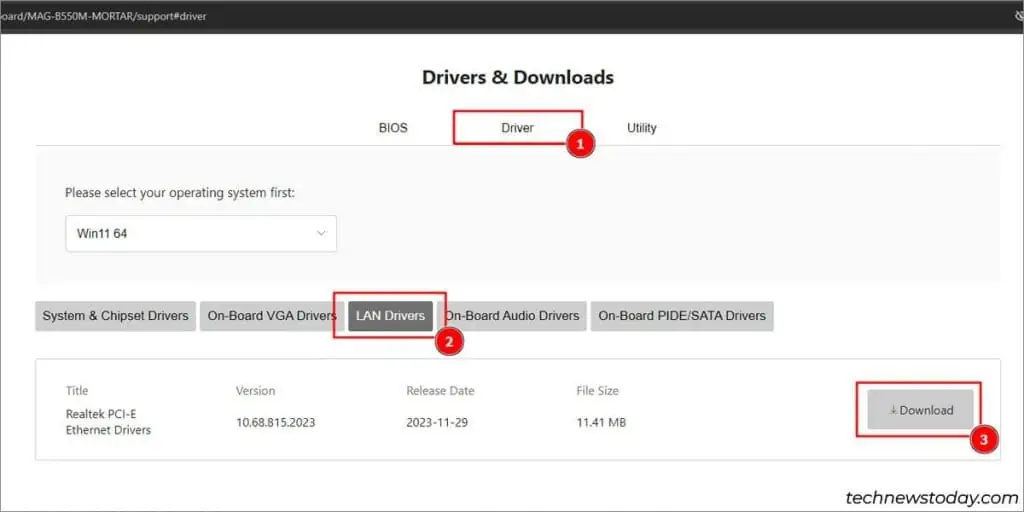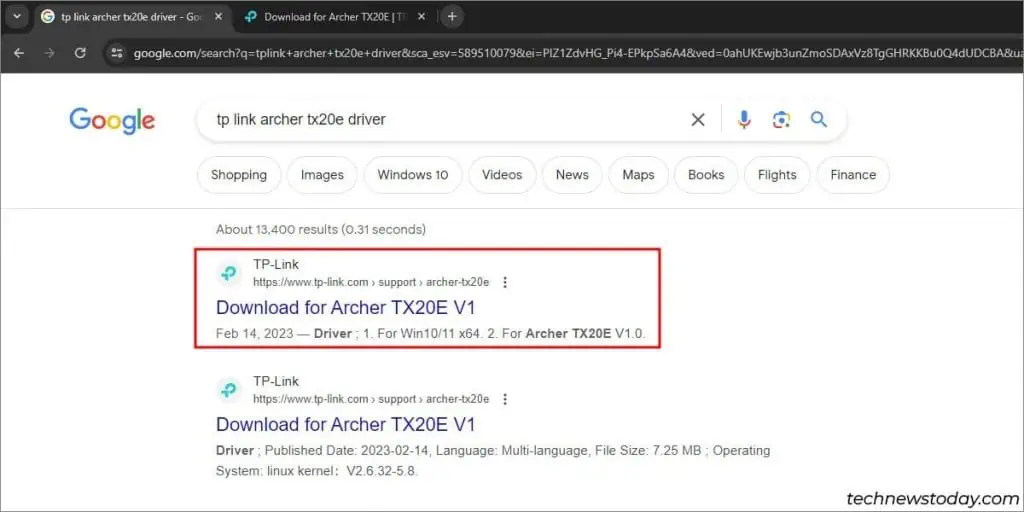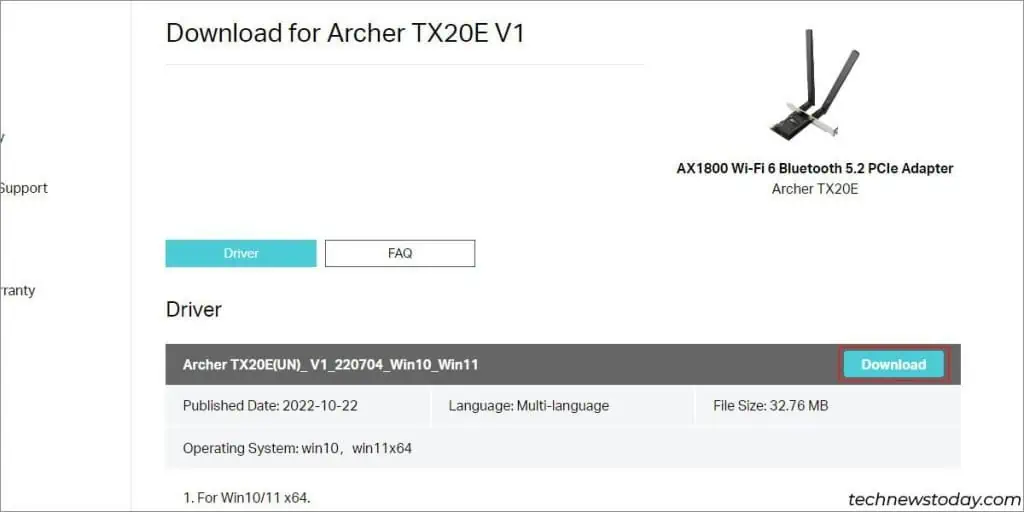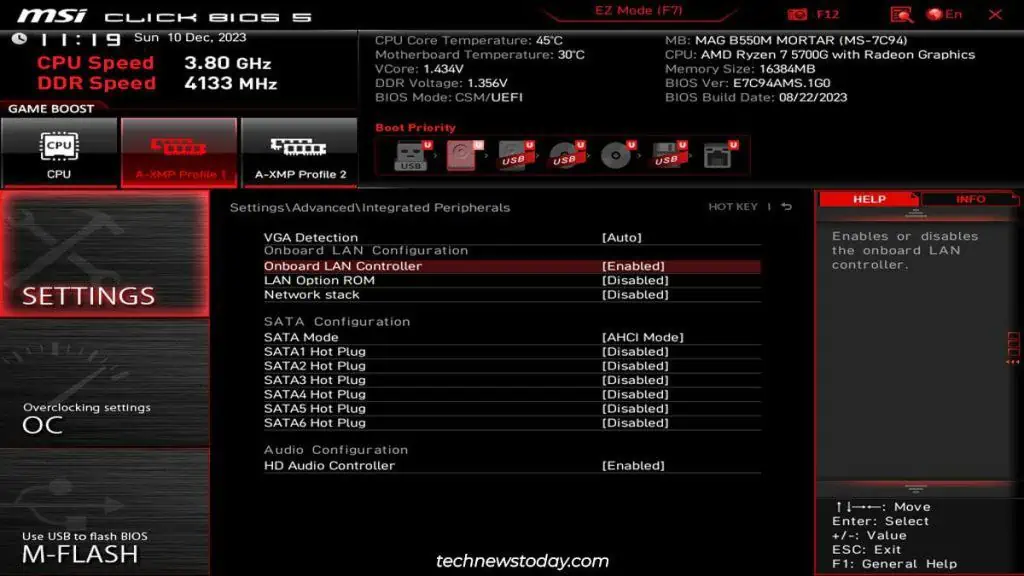If your network driver is not working, the first thing you should do isrestart the adapter. Reloading the driver like this often restores the network connection.
If the driver is defective,obtain a new driverfrom the device manufacturer andinstall that. This is a sure-shot solution, but that’s onlyifthe network driver is actually at fault.
Quite often, people attribute network issues to the network driver even though something else is causing the problem. So, start bymaking sure you need to troubleshoot the driver.
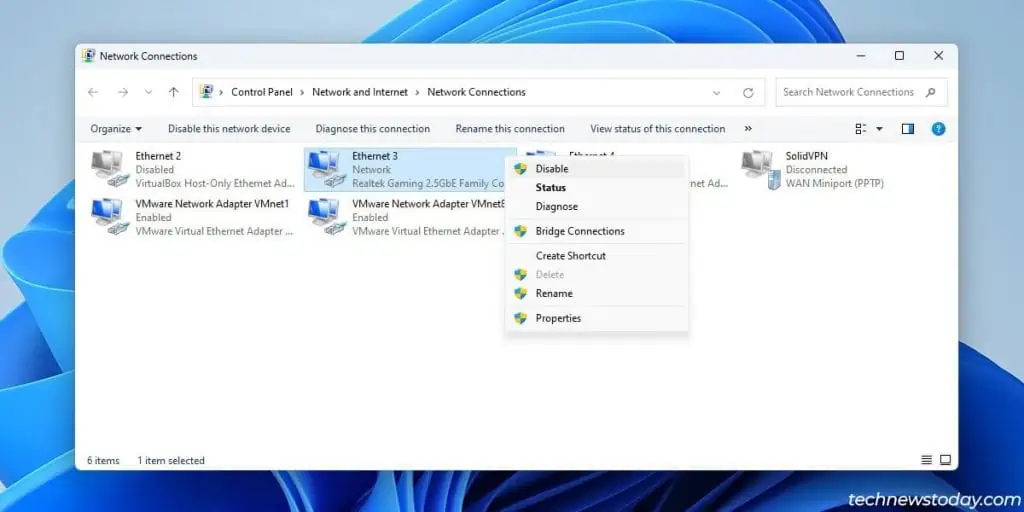
Confirm Driver is the Problem
The way to fix a corrupt driver is to remove it and install a new one. But this will only help if the driver is actually dysfunctional, to begin with.
Some users may encounter error messages like:
Or, if your device supports both Ethernet and WiFi,one of them may stop workingwhile the other still functions.
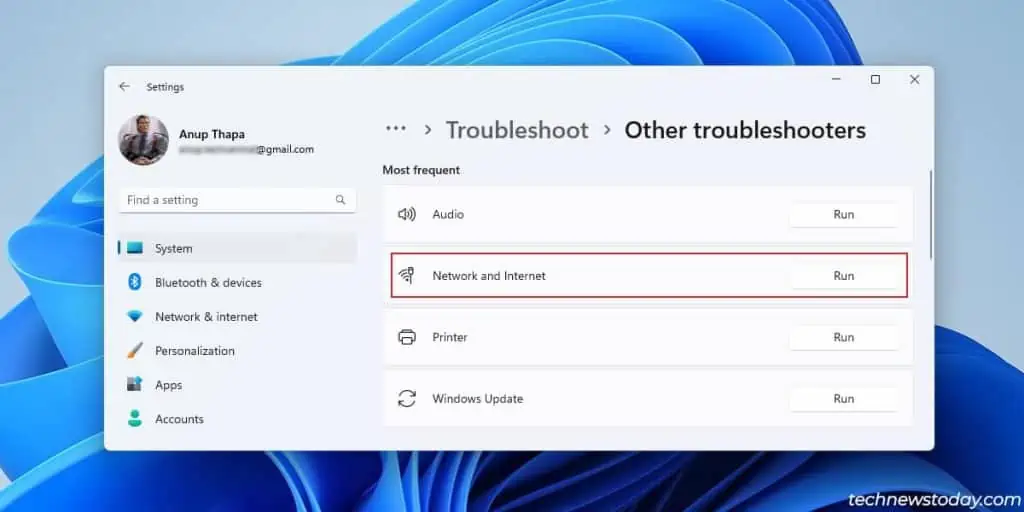
If you see such indications that your driver or adapter is faulty, utilize the fixes from this guide.
Perform a Power Drain
Power draining your device as described here serves various purposes. For starters, itreloads the network driver. On many laptops, an extended power drain will also reset the wireless adapter.
General Troubleshooting
Restarting the adapterand using thebuilt-in troubleshooterare two easy yet effective solutions for network problems in Windows.

Install New Network Driver
If the general fixes don’t help, you must deal with the driver directly. Start byuninstalling the current defective driver.
At this point, useUSB tethering via your phone, or use another device to download the new driver for your adapter.

